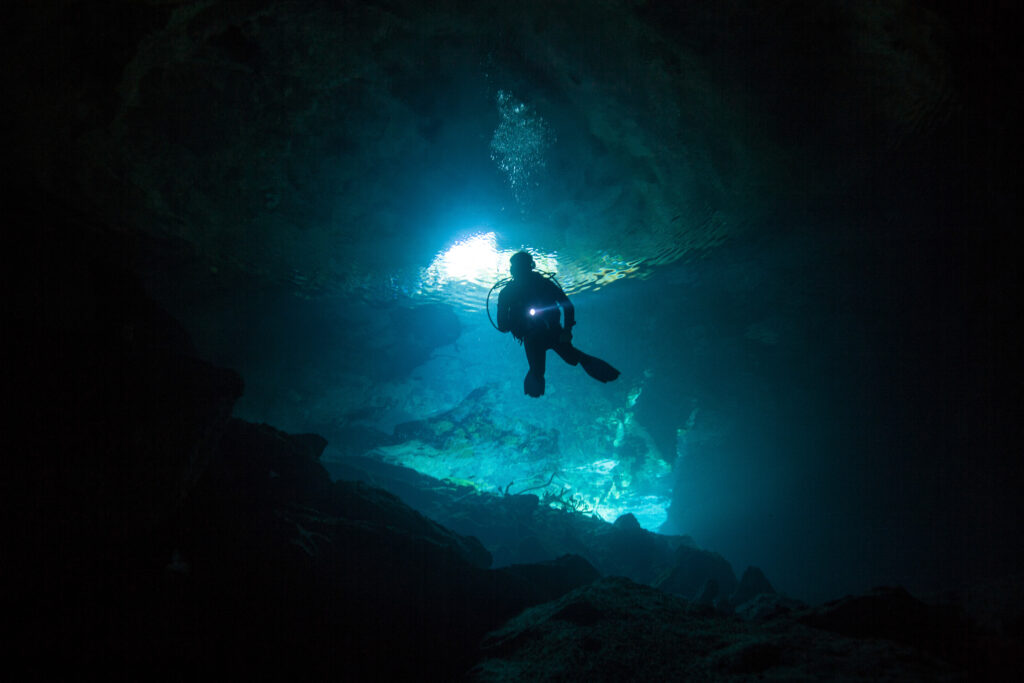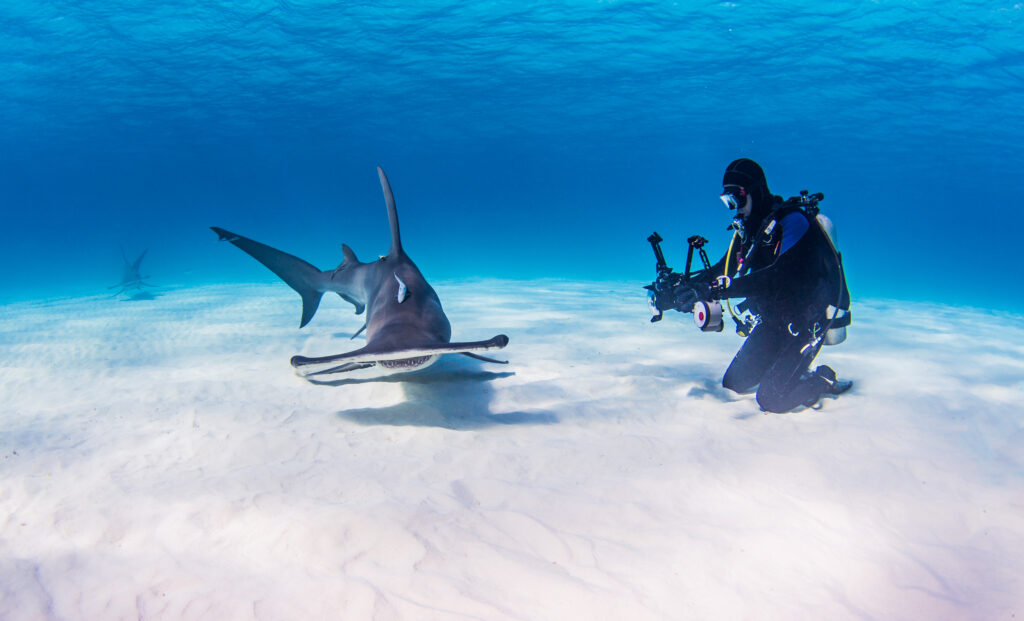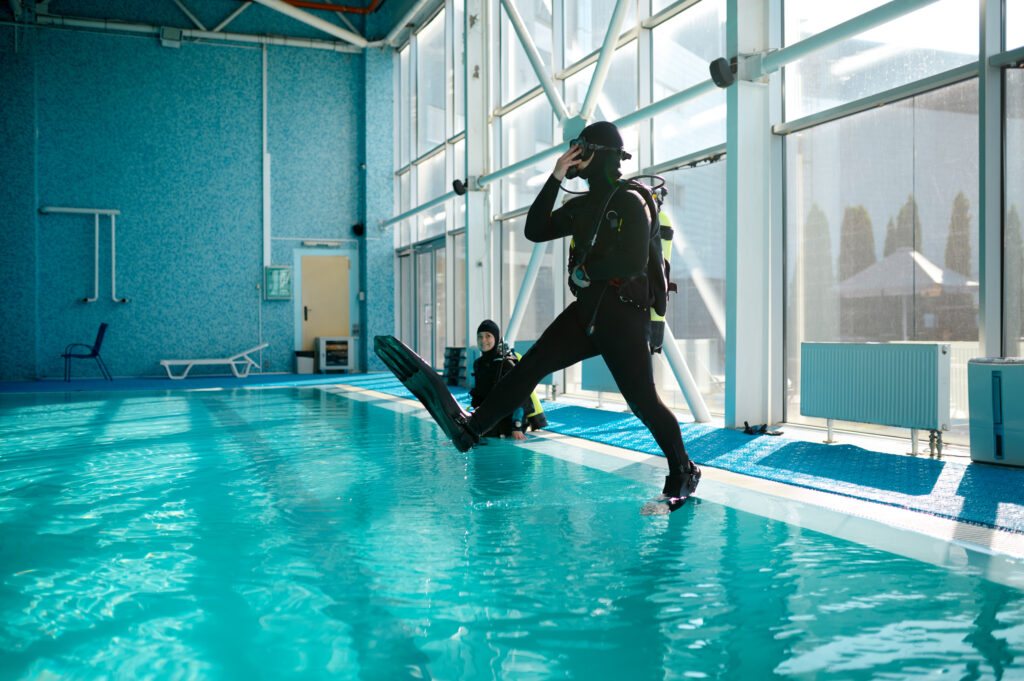What is an Inflator Valve?

An inflator valve is a crucial component of scuba diving equipment, particularly in buoyancy compensators (BCDs), allowing divers to adjust their buoyancy underwater. By adding or releasing air into the BCD, divers can achieve neutral buoyancy, making it easier to maintain their position in the water. The inflator valve’s functionality directly influences a diver’s control and safety, making it an essential element for any diving expedition.
What is an LED Dive Light?

LED dive lights are a critical tool for underwater exploration, providing divers with the necessary illumination to navigate and observe their environment. Light Emitting Diode (LED) technology has revolutionized underwater lighting, offering a reliable and efficient source of light that is well-suited for the unique demands of diving. This article explores the history, technological aspects, design features, types, applications, advantages and disadvantages, maintenance, safety considerations, and market trends of LED dive lights.
What is the Global Positioning System (GPS) for Divers?

The Global Positioning System (GPS) has changed the way we navigate, whether on land, at sea, or in the air. Originally developed for military use, GPS technology has since become a staple in various outdoor activities, including scuba diving. Divers now rely on GPS for accurate navigation, safety, and data recording during dives. This system allows them to navigate underwater environments with more confidence and efficiency. As GPS technology evolves, its application in scuba diving becomes more specialized, offering tailored solutions to the challenges divers face in the underwater world.
What is a Logbook?

A logbook, within the context of scuba diving, is an essential tool for recording the details of each underwater experience. This practice dates back to the early days of diving when keeping a written record of dives was crucial for ensuring safety and improving skills. Today, the logbook serves multiple purposes, from providing a personal history of dives to meeting legal and safety requirements. Maintaining a detailed logbook is a fundamental aspect of diving that enhances the overall experience and contributes to a diver’s growth and development.
What is a Lanyard?

A lanyard in the context of scuba diving is a crucial accessory designed to secure various pieces of diving equipment to a diver’s body or buoyancy compensator device (BCD). These cords, straps, or retractable reels ensure that essential tools such as cameras, flashlights, and dive computers remain attached to the diver, preventing accidental loss in the underwater environment. The importance of a lanyard cannot be overstated, as it contributes significantly to the safety and efficiency of diving operations, providing peace of mind and allowing divers to focus on their underwater activities.
What is a Pressure Gradient?

In scuba diving, understanding the concept of a pressure gradient is crucial for ensuring safety and effective dive planning. A pressure gradient refers to the change in pressure per unit distance within a fluid. In the context of diving, this typically means the variation in water pressure as a diver moves vertically through the water column. This phenomenon is essential because it affects everything from buoyancy control to the physiological impacts on the diver’s body.
What is a Lift Bag?

A lift bag is an essential piece of equipment in scuba diving, designed to assist divers in lifting heavy objects from the underwater environment to the surface. These devices use the principle of buoyancy to generate upward force, making it possible to transport items that would otherwise be too cumbersome or heavy to handle manually. Lift bags are commonly employed in various underwater tasks, from salvage operations and marine construction to scientific research. They play a crucial role in ensuring the safety and efficiency of these activities, providing divers with a reliable means to manage and move objects underwater.
What is Pressure?

Pressure is a fundamental concept in physics, defined as the force exerted per unit area. In the context of scuba diving, understanding pressure and its effects is crucial for safety and efficiency. Pressure plays a pivotal role in determining how divers experience the underwater environment, affecting everything from breathing to buoyancy. As divers descend into the water, the pressure increases, impacting both their equipment and bodies in significant ways. This article will discuss the principles of pressure, its effects on the human body, the health risks associated with changes in pressure, techniques for managing these changes, and the equipment designed to withstand them.
What is a Low Pressure Inflator?

The Low Pressure Inflator (LPI) is a crucial component in scuba diving equipment, connecting a diver’s buoyancy control device (BCD) to their air supply. It allows divers to control their buoyancy underwater, making it an essential tool for maintaining stability and comfort during dives. By pressing the inflator button, divers can add air to their BCD, making them more buoyant, while the deflator button allows them to release air, decreasing buoyancy. This control over buoyancy is vital for safe and enjoyable diving experiences.
What is a Quick Link?

A quick link, often used in scuba diving, is a small but crucial piece of hardware designed to connect various components of diving gear quickly and securely. Its design resembles a chain link but with a threaded closure, which allows for easy attachment and detachment. Quick links are indispensable in diving due to their strength, reliability, and ease of use, providing divers with a versatile tool for securing equipment such as hoses, accessories, and other essential items. Their simplicity and efficiency make them a preferred choice over other types of connectors.
